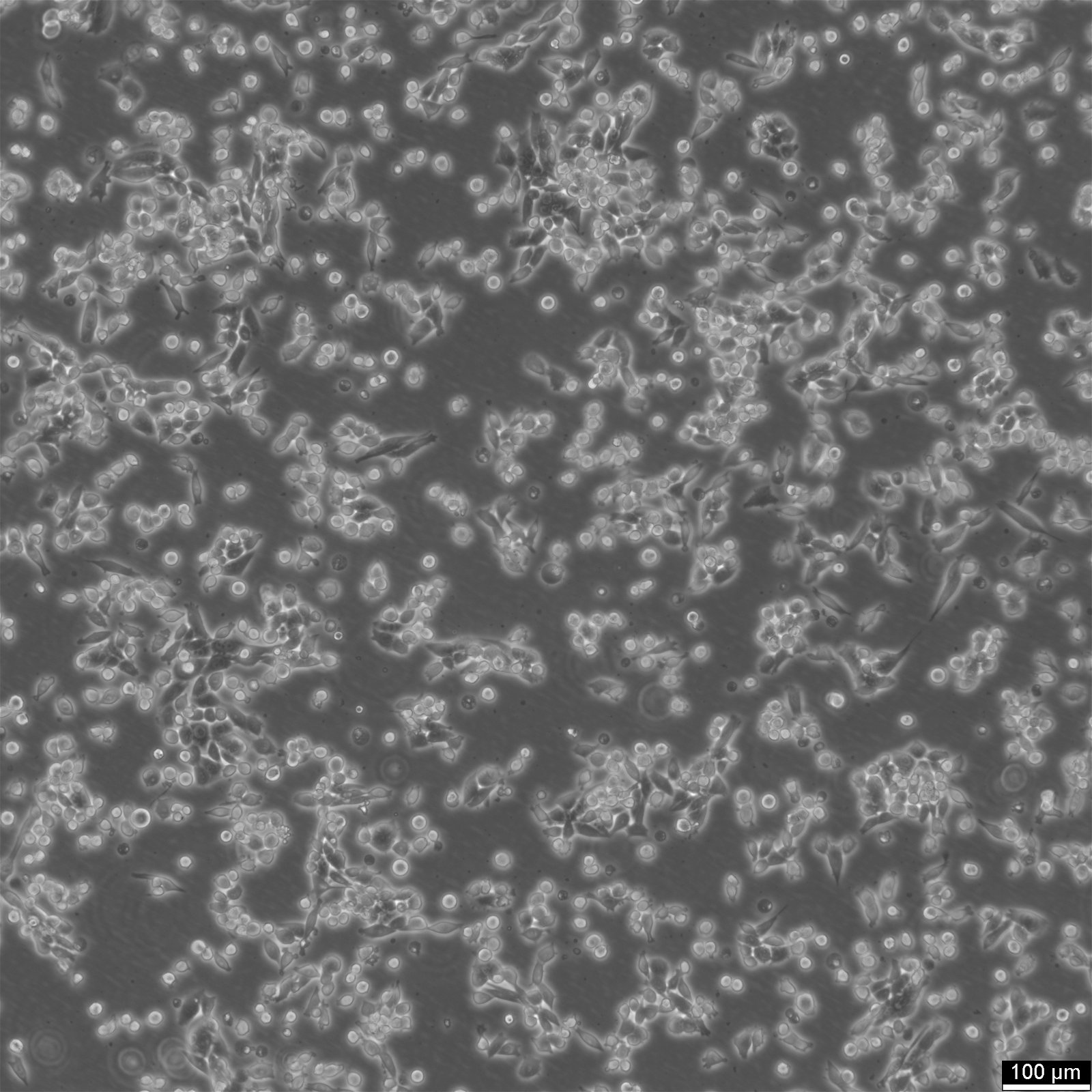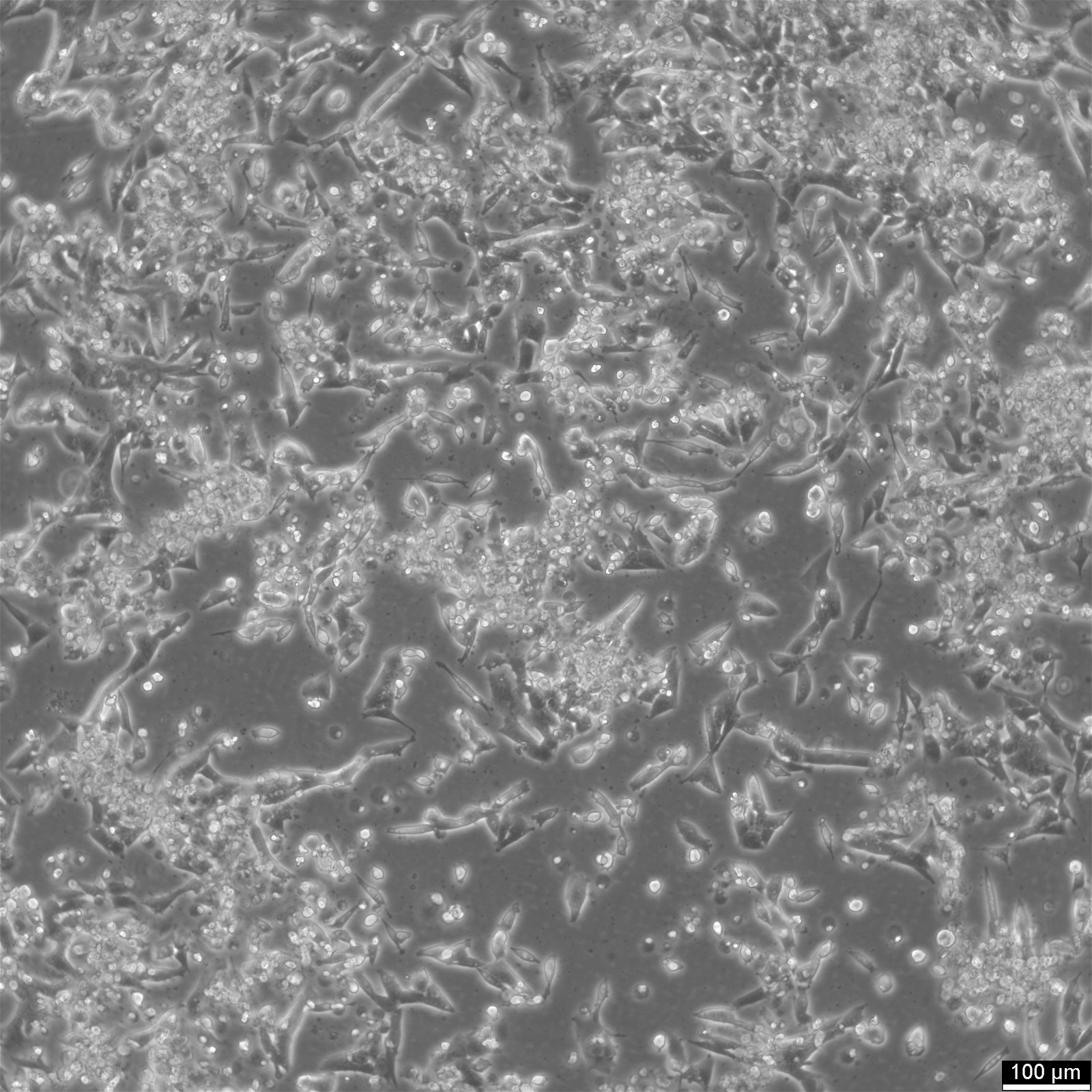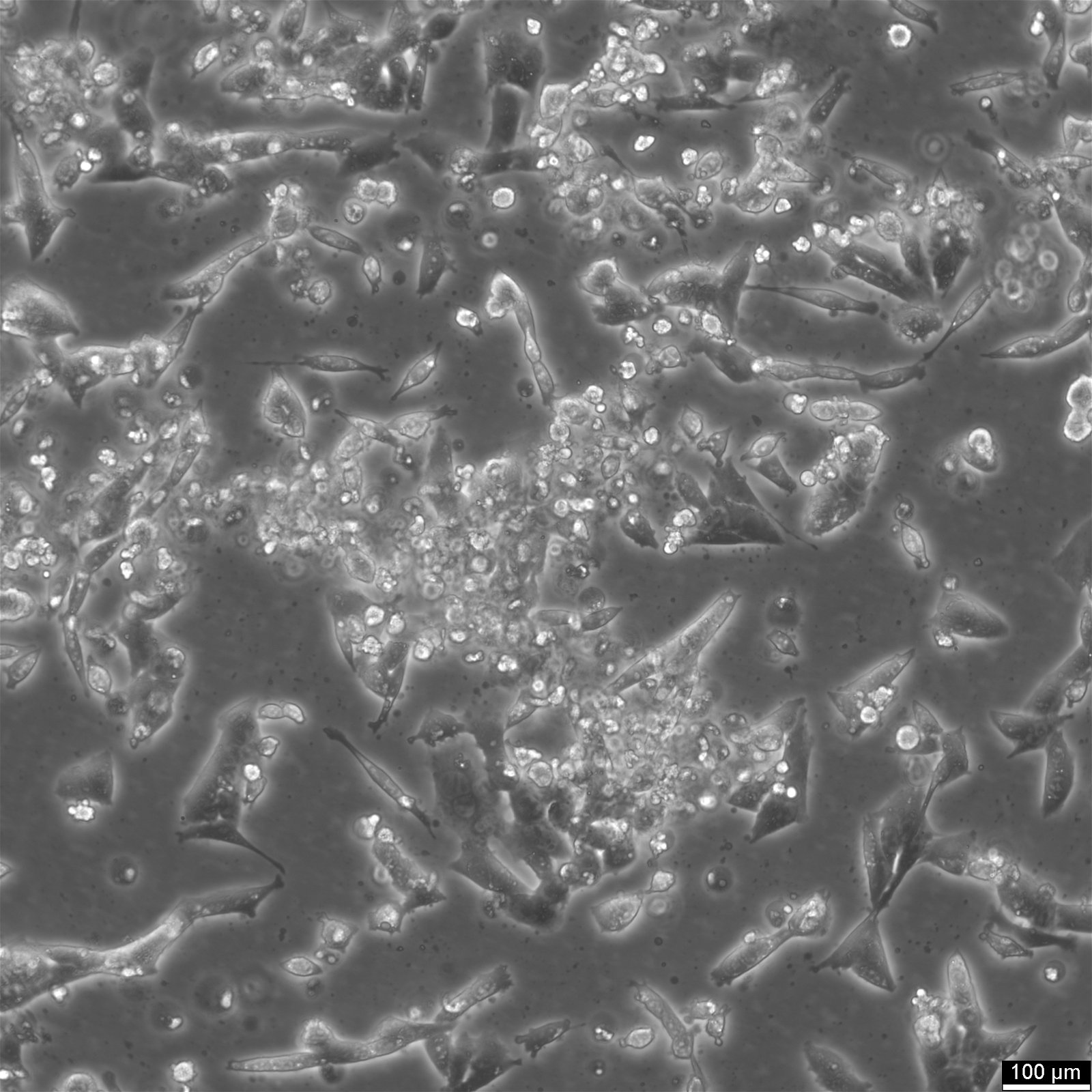4T1 Cells












Essentials facts about the 4T1 breast cancer cell line
| Description | The 4T1 murine mammary carcinoma cell line is a widely used model in cancer research due to its high similarity to human breast cancer. Derived from a BALB/c mouse, the tumor growth and metastatic spread of the 4T1 cell line closely mimic the behavior of late stage breast cancer in humans. The 4T1 cell line serves as an invaluable tool for studying the progression and metastasis of mammary cancer, including bone metastases and breast cancer metastasis. When injected into BALB/c mice, 4T1 cells spontaneously produce highly metastatic tumors that can spread to various organs such as the lung, liver, lymph nodes, and bone, while the primary tumor continues to grow in situ. This 4T1 syngeneic model is particularly useful for studies of bone metastases and the metastatic phenotype. The 4T1 cell's utility extends to techniques like bioluminescence imaging, histological analyses, and the use of molecular markers to track the spread and impact of metastatic disease. This approach allows for the examination of spontaneous metastasis from primary tumors to distant organs, aided by techniques like flow cytometry to analyze tumor cells and their receptor expressions. The imagable 4T1 model has enabled biophotonic imaging to track tumor growth and metastasis in vivo in animal models, facilitating studies on metastatic cells in target organs and tumor foci. The immunocompetent nature of the mouse 4T1 breast tumor cell line allows for investigations into the role of the immune system and immunity in metastasis, as well as immunotherapy of cancer. Moreover, the 4T1 syngeneic tumor model has been instrumental in omics characterization and fusion gene detection. Overall, the 4T1 mammary carcinoma cell line serves as a versatile tool for studying mammary tumor biology, tumor metastasis, and the development of new treatments in both murine and human contexts. |
|---|---|
| Organism | Mouse |
| Tissue | Breast, mammary gland |
| Disease | Malignant neoplasm |
| Applications | 4T1 cells accurately imitate the characteristics of human breast cancer in its most advanced stage - Stage IV. |
| Synonyms | 4T1-A, 4T1.0, 4T1/WT |
Details
| Gender | Female |
|---|---|
| Morphology | Epithelial |
| Growth properties | Adherent |
Specifications of the 4T1 tumor cell line
| Citation | 4T1 (Cytion catalog number 300300) |
|---|---|
| Biosafety level | 1 |
Genetic characteristics
| Tumorigenic | Yes, in BALB/c mice. |
|---|
Maintenance techniques
| Culture Medium | RPMI 1640, w: 2.1 mM stable Glutamine, w: 2.0 g/L NaHCO3 (Cytion article number 820700a) |
|---|---|
| Medium supplements | Supplement the medium with 10% FBS |
| Passaging solution | Accutase |
| Subculturing | Remove the old medium from the adherent cells and wash them with PBS that lacks calcium and magnesium. For T25 flasks, use 3-5 ml of PBS, and for T75 flasks, use 5-10 ml. Then, cover the cells completely with Accutase, using 1-2 ml for T25 flasks and 2.5 ml for T75 flasks. Let the cells incubate at room temperature for 8-10 minutes to detach them. After incubation, gently mix the cells with 10 ml of medium to resuspend them, then centrifuge at 300xg for 3 minutes. Discard the supernatant, resuspend the cells in fresh medium, and transfer them into new flasks that already contain fresh medium. |
| Freeze medium | CM-1 (Cytion catalog number 800100) or CM-ACF (Cytion catalog number 806100) |
| Handling of cryopreserved cultures |
|
Quality verification
| Sterility | Mycoplasma contamination is excluded using both PCR-based assays and luminescence-based mycoplasma detection methods. To ensure there is no bacterial, fungal, or yeast contamination, cell cultures are subjected to daily visual inspections. |
|---|
